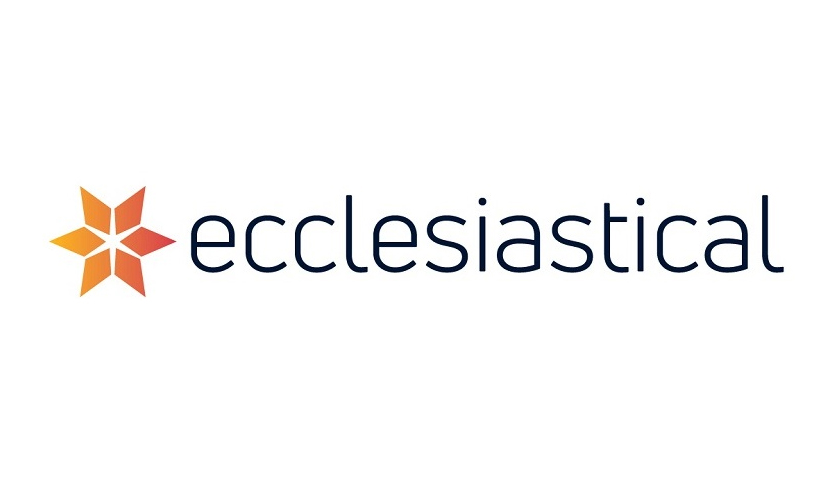February was the first meeting of the APPG for Creative Diversity for 2021 and focused on theatre and dance. As in previous months, the roundtable raised themes that will be familiar to those who have followed the 2020 sessions. The session also reflected the range of artforms, businesses, organisations, and practitioners captured under this particularly broad umbrella.
The roundtable recognised that theatre and dance have a history of not being representative of the breadth of communities that constitute contemporary society. In particular, several participants discussed how they were inspired to respond to the lack of role models they encountered in the early parts of their career. Being the only person of colour, the only disabled person, or the only woman in a rehearsal room, on a training course, or as part of a crew and cast, was a powerful experience for some of our speakers. It was an experience that motivated their projects to change the industry. Creating role models, in particular drawing on the skills and experiences of those in the middle of their career, rather than those just starting off in the industry, was one way of making that change.
As with previous sessions, industry change needs evidence. This is the case both in terms of the scale of the task and in terms of proof of the effectiveness of interventions. Whilst the need for better and more accurate data is a longstanding subject of the APPG’s roundtable discussions, the theatre and dance session also heard some important nuances in the demand for more data. On their own, more statistics about the lack of diversity risk obscuring the voices who have made successful careers in the industry. In turn, just using statistics can mean the industry misses potential role models and potential leaders, particularly those at the mid-career stage who may be one successful major project away from taking a senior role. Data, therefore, has to be coupled with meaningful interventions.
The voices at the roundtable all offered distinctive visions of meaningful interventions and ‘what works’ to support diversity. What was clear was the need for organisational commitments to support change and to support an agenda for diversity on and off stage. These commitments have to come from senior levels. In particular, senior staff need to devote time and resources to staff and artistic commissions – and these must support excellence. This avoids the situation where a single member of staff is associated with ‘diversity’ as an agenda, and also means we will see more general sector change as excellent on and off-stage work generates new commissions and new opportunities. Ownership of the agenda from leaders throughout an organisation is key.
Finally, and in keeping with some of the more general discussions across the creative industries during the pandemic, the roundtable discussed the problem of risk in theatre and dance. If supporting excellence is one essential part of changing the sector, who or what is deemed to be an artistic or organisational ‘risk’ is a major issue blocking change. The roundtable heard that diversity is still constructed as an artistic and commercial risk in some parts of the industry, and those who don’t fit a narrow norm, or are awaiting a first leadership or senior role, are still excluded as a result of misperceptions about risk-taking. As the sector emerges from the pandemic, the real risk will be changing outdated attitudes and assumptions and not supporting a wide range of diverse talent.



